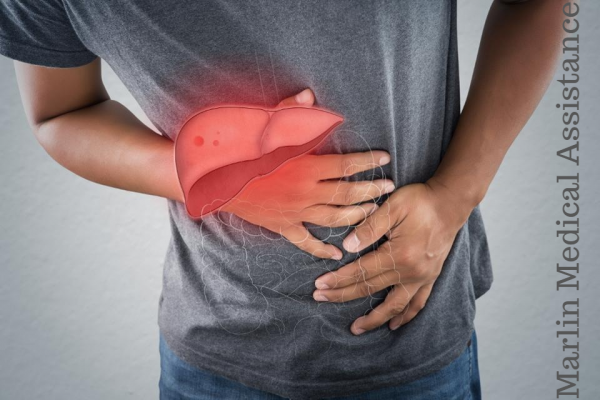
LIVER TRANSPLANT–FACTS
A liver transplant, also called a hepatic transplant, is a surgical process to replace an unhealthy liver. A liver that no longer functions properly is replaced with a whole or partial healthy liver. The donor liver either comes from a deceased or live donor. Having a healthy liver is essential to survival because your liver is responsible for the purification of blood and extraction of toxins from your body. A liver is a last-step measure for chronic (long-term) liver diseases and severe acute (sudden onset) liver deformity.
Several people who have undergone liver transplants go on lead perfectly normal lives. The liver transplant survivor rate is also extravagant.
Signs and symptoms of diseased liver Gastrointestinal bleeding:
As the liver becomes more defiled, the resistance to portal blood flow increases leading to increased pressure in the portal venous system. This portal hypertension allows alternative routes for blood to get back to the heart. These fragile veins, called varices, often line portions of the gastrointestinal tract, especially the esophagus and the stomach, and are susceptible to cracking and bleeding. When bleeding occurs in the intestinal tract, it can be life-warning.
Fluid retention:
One function of the liver is to amalgamate many of the proteins flowing in the bloodstream, including albumin. Albumin and other proteins in the bloodstream sustain fluid in the vascular space by applying what is known as an oncotic (or osmotic) pressure. In liver failure, low albumin levels push fluid out of the bloodstream, which cannot be assimilated. Fluid thereafter accumulates in tissues and body cavities, most specifically, in the abdominal area, which is known as “ascites.” Fluid can also accumulate in the legs (peripheral or pedal edema), or the chest cavity (hydrothorax). Fluid retentivity is cured first by complete limitation of dietary salt intake, secondly with medications (diuretics) that allow increased salt and water loss through the kidneys, and finally, by spasmodic drainage through the insertion of a needle into the abdominal or chest cavity.
Encephalopathy:
The inability of the liver to remove ammonia and other toxins from the blood allows these substances to pile up. These toxins result in cognitive impairment that carries from disturbed sleep-wake cycle patterns to mild confusion to coma.
Jaundice:
One of the main functions of the liver is to remove the degraded products of hemoglobin, the molecule that carries oxygen in our blood. Bilirubin is one of those degradation products managed and expelled by the liver. In liver failure, bilirubin is not removed from the body, and the bilirubin amount increases in the blood. The skin and whole tissues of the body will then acquire yellow color.
Liver transplant survival rate:
According to a study people who undergo a liver transplant have an 89% percent chance of living until one year. The five-year survival duration statistic rate is 75%. Sometimes the newly planted liver may fail and the original disease can also return. Your doctor must scan your healing regularly long after the transplant to detect any complications. You’ll likely need regular blood tests. According to John Hopkins, you’ll also be required to take an anti-rejection drug for the rest of your life.
Recovering from a liver transplant:
According to the National Institute of Diabetes and Digestive and Kidney Diseases, a three-week hospital stay is necessary after a transplant. During this time, your doctor will estimate the success of your surgery and determine your requirement for home care. It may take up to one year until you feel healthier. Let your doctor know what your mental and emotional health needs are before you’re discharged.
Tips for a Healthy Liver.
After the liver transplant, the doctor will recommend lifestyle changes, including regular work out a healthy & pure diet. You can include habits like these at any stage to boost your strength and overall health. Being physically and mentally aesthetic may lessen your chances of transplant rejection. You can also reduce the risk element that plays a part in liver disease.
Among which the most common are:
- Alcohol abuse
- Smoking
- Acetaminophen overdose
- Weight gain
- High cholesterol
Don't know where to start? Leave us a request, and the Marlin Medical Assistance team will arrange your trip for treatment, where you will improve the quality of life and health.
Get in Touch with Medical Experts
Made in NextJs 13, by Digital Transformation Agency - Ima-appweb.com



